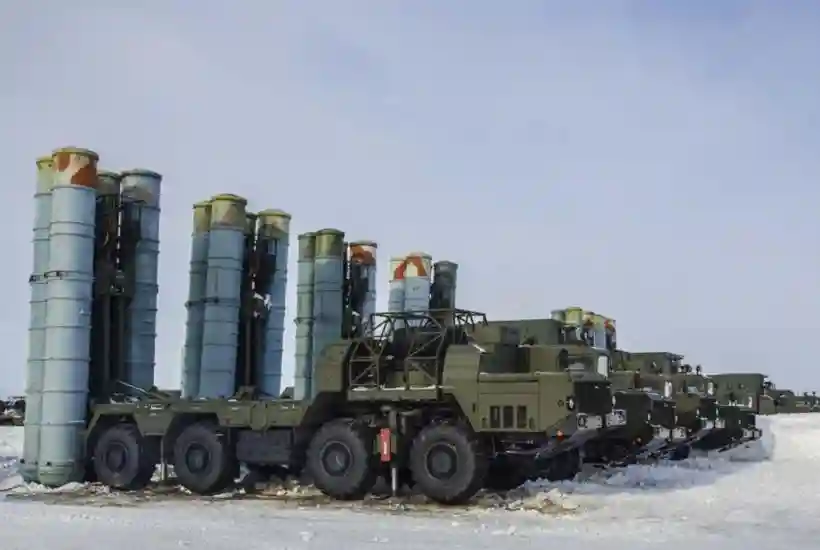Russian President Vladimir Putin has unveiled plans to launch a large-scale program aimed at modernizing the military capabilities of the Collective Security Treaty Organization (CSTO).
Speaking at an expanded meeting of the CSTO Collective Security Council, Putin emphasized the need to equip member forces with Russian weapons that have already proven their effectiveness in real-world combat operations.
Focus on Combat-Ready Forces
Putin outlined a multi-pronged approach for strengthening the alliance’s military potential.
This includes a series of joint exercises and training programs designed to enhance the readiness of national contingents and special service units.
“Our main efforts will focus on improving combat readiness and reinforcing the command structure of the collective forces,” he said, highlighting the importance of cohesive, well-prepared troops across the CSTO.
CSTO Summit in Bishkek
The summit, which opened on 27 November in Bishkek, Kyrgyzstan, brought together leaders from the member states.
Putin arrived in Kyrgyzstan on 25 November for a three-day visit, using the gathering as an opportunity to underscore Russia’s commitment to close military cooperation with its allies.
Russia to Lead CSTO in 2026
Starting 1 January 2026, Russia will assume the CSTO chairmanship under the banner: “Collective security in a multipolar world: one goal — shared responsibility.”
Putin stressed that Moscow intends to maintain continuity in CSTO initiatives while deepening collaboration based on mutual respect, alliance, and shared responsibility.
Battle-Tested Russian Weapons at the Forefront
During the summit, Putin highlighted the role of Russian military technology that has been actively deployed in Ukraine.
Systems like the Kinzhal hypersonic missiles, Oreshnik missile system, Pantsir air-defense system, Iskander-M tactical missiles, and Geran-2 drones have all seen operational use.
These assets are now being positioned as key tools to strengthen the CSTO’s collective defense capabilities.
Adapting to Evolving Security Challenges
Leaders at the Bishkek summit emphasized that the CSTO must remain agile in the face of emerging threats.
Belarusian President Alexander Lukashenko noted that the alliance’s relevance depends on its ability to adapt continuously, ensuring stability across the Eurasian region.
Understanding the CSTO
The Collective Security Treaty Organization (CSTO) is a Eurasian military alliance that includes Armenia, Belarus, Kazakhstan, Kyrgyzstan, Russia, and Tajikistan.
Originating from the Soviet Armed Forces, it evolved through the Commonwealth of Independent States’ joint forces before becoming the CSTO.
Former members included Azerbaijan, Georgia, and Uzbekistan.
Similar to NATO’s Article 5, Article 4 of the CST establishes that aggression against one member is considered aggression against all, providing a legal framework for mutual defense and cooperation.
Looking Ahead
With Russia poised to lead the CSTO next year, the proposed rearmament program signals a focus on battle-tested equipment, joint training, and enhanced command structures.
As regional security challenges evolve, Moscow is positioning the alliance to be more responsive, prepared, and cohesive in defending its member states.
Share on Facebook «||» Share on Twitter «||» Share on Reddit «||» Share on LinkedIn